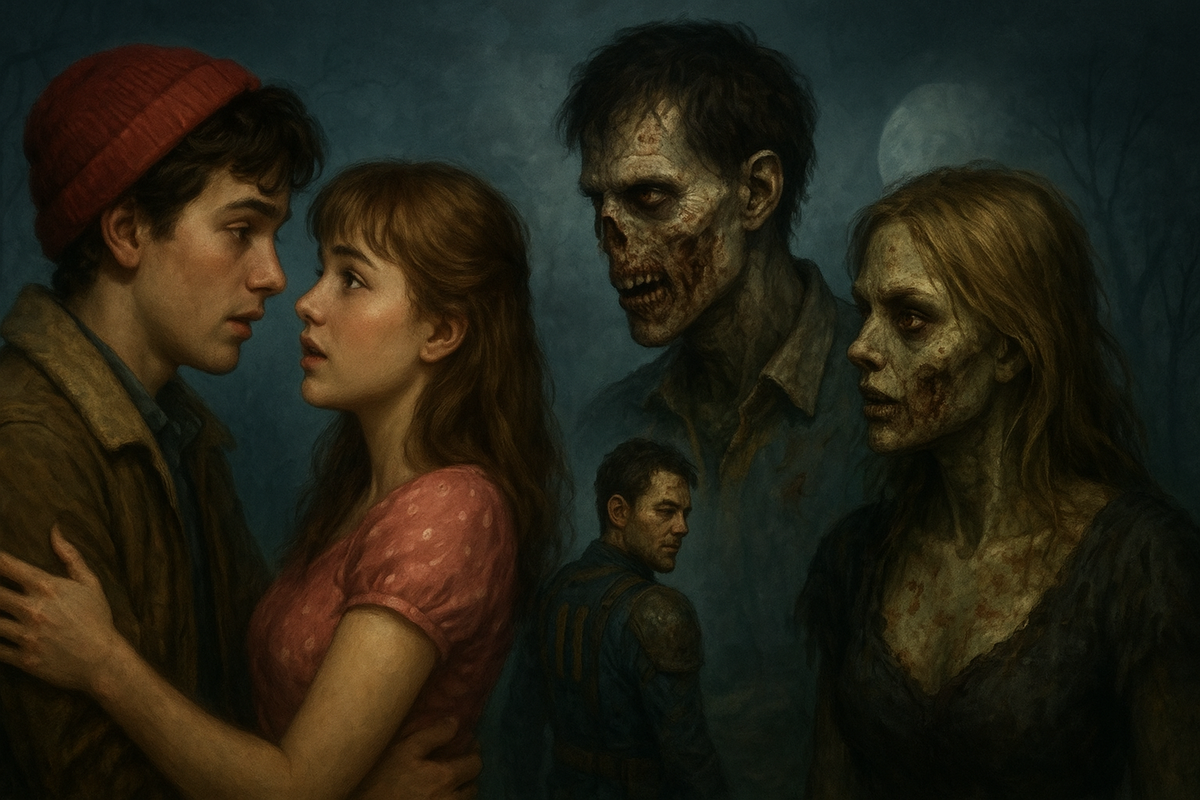The webcomic Teenage Love Zombies uniquely blends the retro aesthetic of 1950s greasers with a gripping zombie romance, creating a visually striking and emotionally engaging story. Kevin Gentilcore’s work captures the energy of rockabilly culture, teenage rebellion, and the thrilling tension of love in a world threatened by the undead. This retro style draws readers into a vivid, nostalgic world, where classic cars, leather jackets, and jukeboxes coexist with dark humor and undead chaos. Similarly, fans of post-apocalyptic storytelling will find a compelling parallel in the second season of Fallout, set in Los Angeles centuries after a nuclear catastrophe, where survival and human connections remain central. According to Kinoafisha, this season continues to explore the delicate balance between danger and human emotion, expanding on themes of loyalty, love, and perseverance in a destroyed world.
Visual Storytelling and Atmosphere
Both Teenage Love Zombies and Fallout Season 2 emphasize visual storytelling as a tool to immerse audiences. The comic uses bold colors, dramatic shadows, and period-specific fashion to enhance emotional beats, while Fallout leverages cinematic post-apocalyptic landscapes, tense survival scenarios, and character-driven narratives. In each case, the aesthetics amplify the stakes of romance and connection amid chaos, demonstrating how setting and style can define the tone of horror-romantic storytelling.
Love and Survival Across Genres
Despite differences in format and era, both narratives underscore love as a driving force against adversity. In Teenage Love Zombies, teenage affection provides hope and humor in the midst of undead attacks, whereas in Fallout Season 2, human relationships endure through a harsh and unforgiving post-apocalyptic reality. Together, they show that whether through retro comic panels or a serialized television drama, audiences are drawn to stories where love perseveres, even when confronted by death, destruction, and the surreal presence of zombies.
By examining these two works, it becomes clear that horror romance thrives when it balances nostalgia, visual style, and the universal desire for connection—even in the most extraordinary circumstances.
